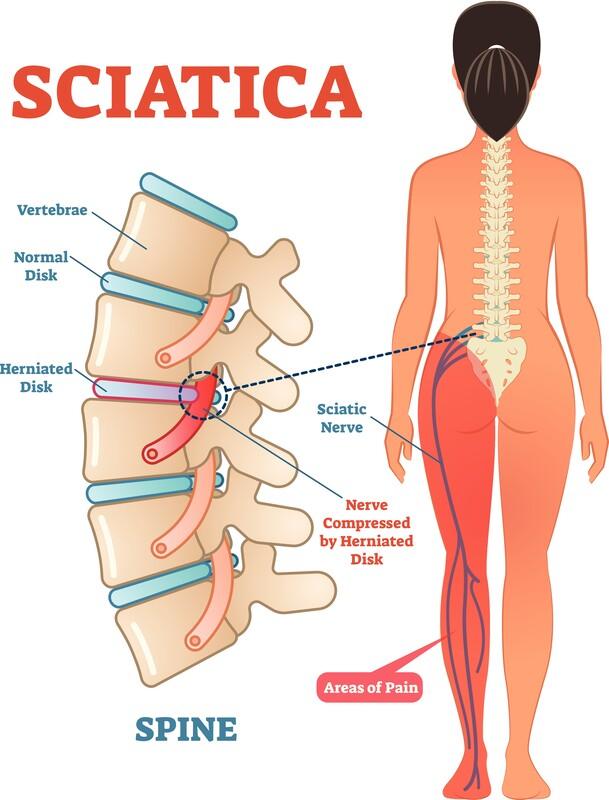A Comprehensive Guide to Sciatica: Causes and Management

Introduction
Sciatica is a common condition characterised by pain that radiates along the path of the sciatic nerve, which branches from the lower back through the hips and buttocks and down each leg. This condition often presents significant challenges, affecting not only individuals’ physical health but also their quality of life. Understanding sciatica, its causes, symptoms, and treatment options is essential for victims and healthcare providers alike, especially given its prevalence in the UK, where millions experience this debilitating pain.
What Causes Sciatica?
The most common cause of sciatica is a herniated disc in the spine, which can press on the sciatic nerve. Other common causes include spinal stenosis, degenerative disc disease, and spondylolisthesis. Less frequently, sciatica can occur due to injuries or conditions such as tumours or infections. Factors such as age, obesity, and prolonged sitting or standing can contribute to the risk of developing sciatica.
Recognizing the Symptoms
Sciatica can manifest in various ways. Common symptoms include pain that radiates from the lower back through the leg, which may be sharp, dull, or tingling. Some individuals may experience muscle weakness or numbness in the affected leg. While symptoms can fluctuate in intensity, they often worsen with prolonged sitting or standing, emphasising the need for early intervention.
Treatment Options
Treatment for sciatica typically begins conservatively. Over-the-counter pain relievers, physical therapy, and exercises aimed at strengthening the back and improving flexibility are common initial recommendations. In cases where these methods do not provide relief, doctors may suggest more advanced treatments such as steroid injections or, in severe cases, surgery to relieve pressure on the nerve.
Recent Developments
Innovative treatments are emerging for sciatica. Recently, there has been heightened interest in minimally invasive techniques and the use of targeted therapies. Research continues into the efficacy of certain medications and their potential to alleviate sciatica pain with fewer side effects. As our understanding of the condition deepens, healthcare providers are better equipped to tailor treatments to individual patients, potentially enhancing recovery outcomes.
Conclusion
Sciatica remains a prevalent and challenging condition affecting many in the UK. Early diagnosis and effective management are critical to alleviating the pain and preventing long-term disability. With ongoing research into treatment advancements, there is hope for improved options in the future. Individuals experiencing symptoms of sciatica should seek advice from medical professionals to explore appropriate management strategies.
